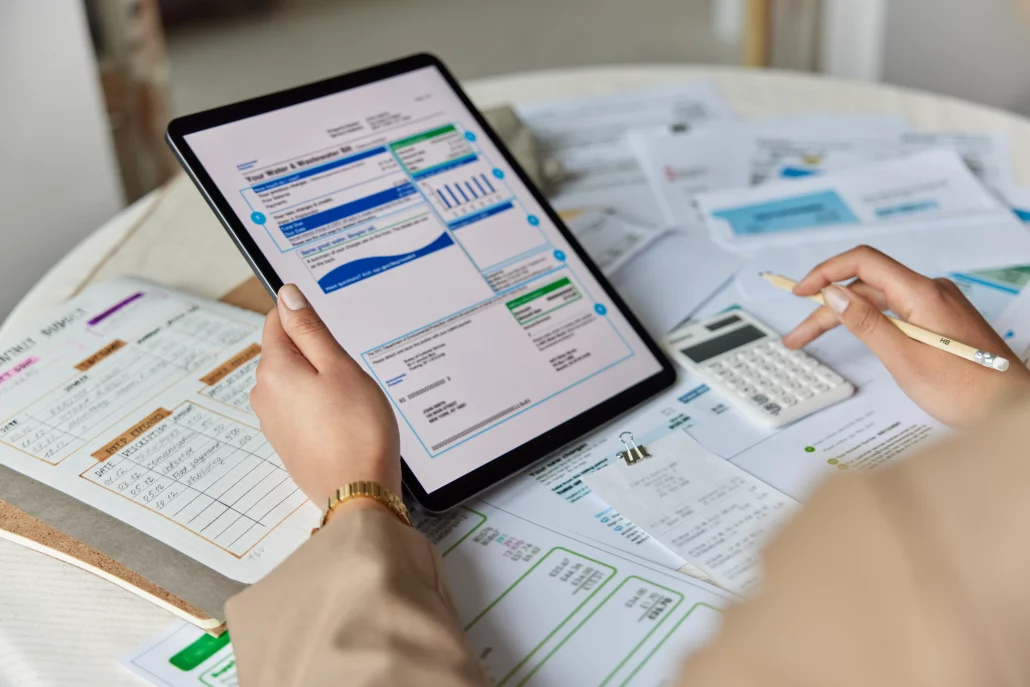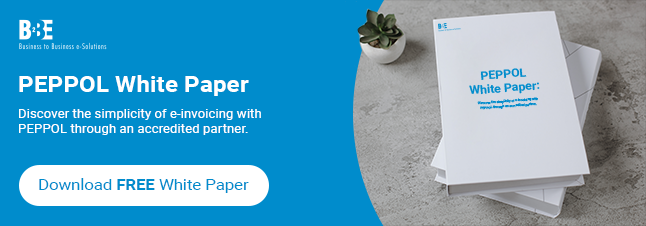In this article, we outline 10 best practices for creating professional and effective e-invoices.
With the shift towards digitalisation, E-Invoicing has emerged as a powerful tool for streamlining financial transactions. When it comes to invoicing, the shift to digital methods offers opportunities for creating sleek, effective documents that enhance your brand’s image.
However, creating professional and effective e-invoices requires attention to detail and adherence to best practices. In this post, we’ll explore 10 best practices to help you create e-invoices that are not only professional but also highly effective.
10 Best Practices For Creating E-Invoices
Consider the following 10 best practices for professional e-invoices:
1. Standardise your invoice format
Consistency is often one of the most overlooked traits in invoices. It is actually very important because it ensures uniformity across all transactions. All essential details should be present on each invoice so that you can keep track of information properly. Details can include your company logo, contact information, invoice number, and payment terms to create a professional impression.
2. Use clear and concise language
Keep your invoice language clear and concise to avoid any misunderstandings. Technical jargon should be avoided to prevent confusion if the invoice is being passed from different departments. Straightforward terms, such as the payment due date and any applicable late fees or discounts, should describe the products or services accurately.
Watch our video round-up below:
3. Provide detailed line items
Breaking down the invoice into detailed line items helps to provide transparency and clarity to your customers. Each line can include descriptions, quantities, unit prices, and subtotal amounts for each product or service rendered. Again, it goes back to being clear and keeping track of important information.
4. Include relevant purchase order information
If applicable, include relevant purchase order (PO) information on your e-invoice. This helps streamline the reconciliation process for both you and your customers and ensures accuracy in billing.
5. Ensure accuracy in pricing and calculations
Double-check all pricing and calculations to ensure accuracy before sending out your e-invoice. Any errors or discrepancies can lead to delays in payment processing and damage your business’s credibility and reputation.
6. Personalise your invoices
Personalisation can go a long way because it demonstrates effort to your customers. By addressing them to the recipient by name whenever possible, this adds a personal touch and reinforces the professional relationship between you and your customers. With automation, this is made even easier because you can set rules to have their first or last names included in just a click.
7. Include payment options
Make it easy for your customers to pay by including multiple payment options on your e-invoices. Whether it’s credit card, bank transfer, or online payment platforms, providing various payment methods improves convenience and expedites the payment process.
8. Set clear payment terms
Clearly outline the payment terms on your e-invoices, including the payment due date, acceptable payment methods, and any penalties for late payments. Setting clear expectations upfront helps avoid disputes and ensures timely payments.
9. Leverage e-invoicing platforms
Take advantage of e-invoicing platforms to automate and streamline your invoicing processes. These platforms offer features such as invoice templates, automatic reminders, and integration with accounting software, making invoicing more efficient and hassle-free.
10. Follow up on outstanding payments
Follow up promptly on any outstanding payments by sending friendly reminders or making phone calls to your customers. Avoid letting overdue invoices slip through the cracks. Maintaining regular communication helps expedite payment processing and fosters positive relationships with your customers.
Keeping these 10 best practices in mind, you can create professional and effective e-invoices that enhance your business’ efficiency and professionalism.
Learn more about B2BE’sElektronische Rechnungsstellung für Lieferanten und Elektronische Rechnungsstellung für Kunden solutions.
About B2BE
B2BE delivers electronic supply chain solutions globally, helping organisations to better manage their supply chain processes, providing greater levels of visibility, auditability and control. We’re driven by a passion for what we do, inspired by innovation, and underpinned by a wealth of knowledge. With over 20+ years of experience, the B2BE teams operate worldwide.
For more information, visit www.b2be.com.

